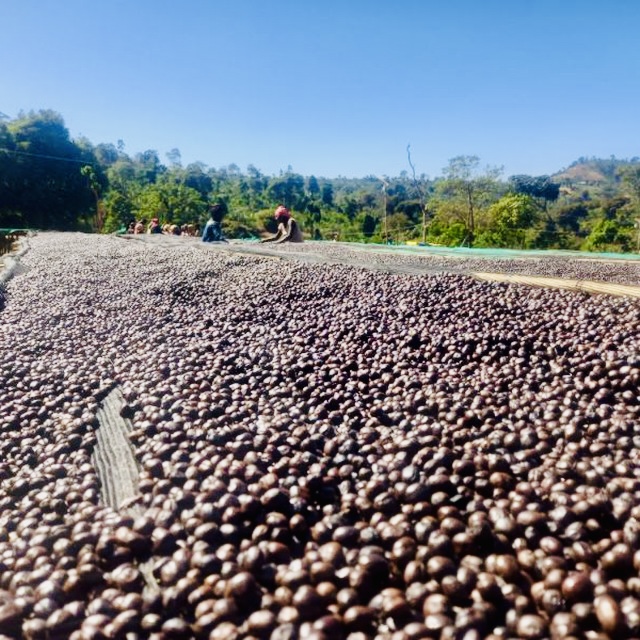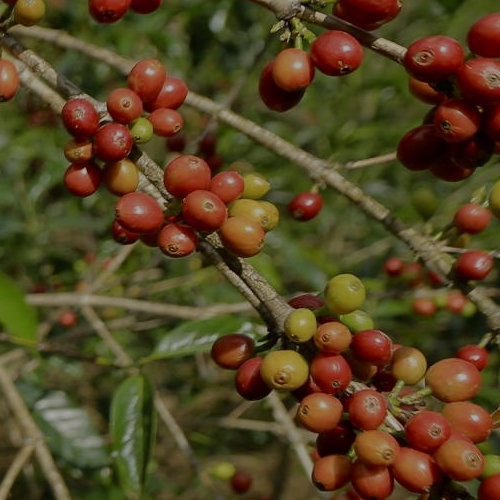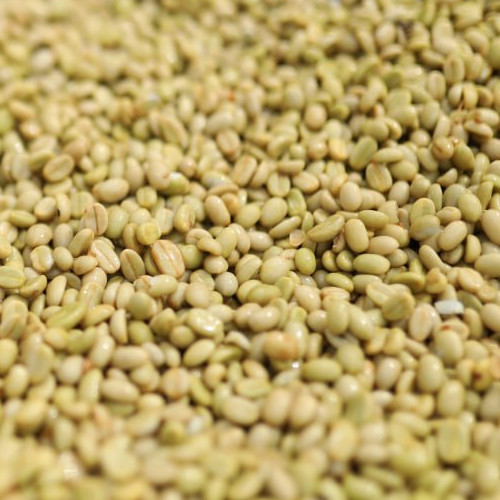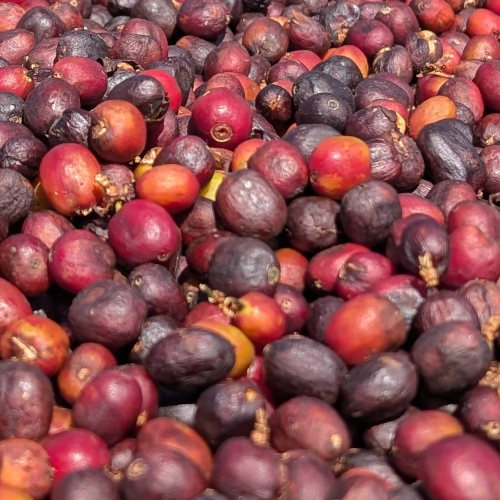
Who We are
Boledu Coffee is the operator of washing stations in the Yirgacheffe district (Konga,
Gedeb, Aricha) and the Guji district. We have integrated supply chains with our farmer
out-growers in both districts and are organically certified, maintaining traceability
throughout the supply chain to ensure the best quality. Founded in 2018 by two friends
Abiyot Ageze and Mebrahtu Aynalem, the company aims to work with farmers in
partnership to showcase the best of their coffee by bringing the best practices for coffee
preparation & management to Ethiopia and the regions where we work.
We have been producing and exporting both Natural & washed ,high end traceable qualities in our own washing station located in Guji zone, dimtu hamblea natural ,Yirgacheffe konga , Aricha and , Gedeb in halo beriti also vertical agreement in uraga and in sidamo, bombie which is a good place to collect quality coffee from different small farmers. Hence, we can provide you washed & natural processed specialty coffee directly (from washing station to the international market) Ethiopian coffee is very known coffee and it was still an amazing profile we have but still it needs more search and study we believe that still it has a lot of known varieties, also we are so poor on the marketing and logistics as country because of that still the price is very cheap in average.

Why Boledu Coffee
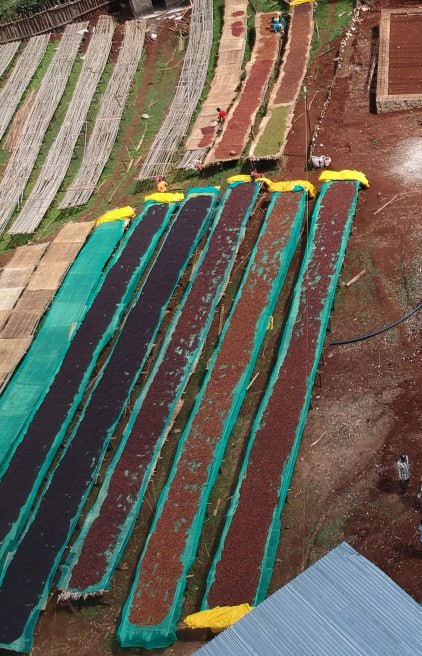
- Award-Winning Excellence
- Ethiopia’s Premier Coffee Terroir
- Innovative Processing Techniques
- Full Traceability & Organic Certification
- Owned & Operated Washing Stations
- Experienced Coffee Professionals
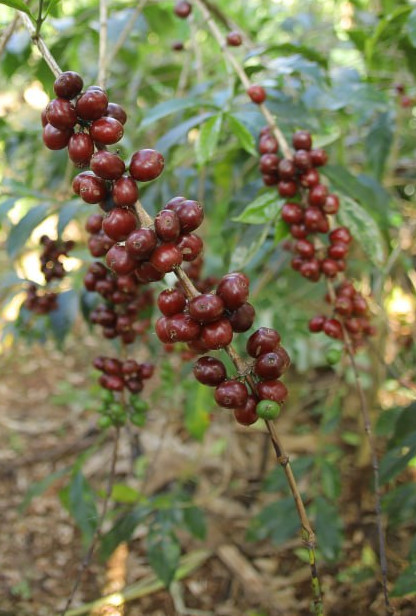
6
Years of Experience
Our processing



